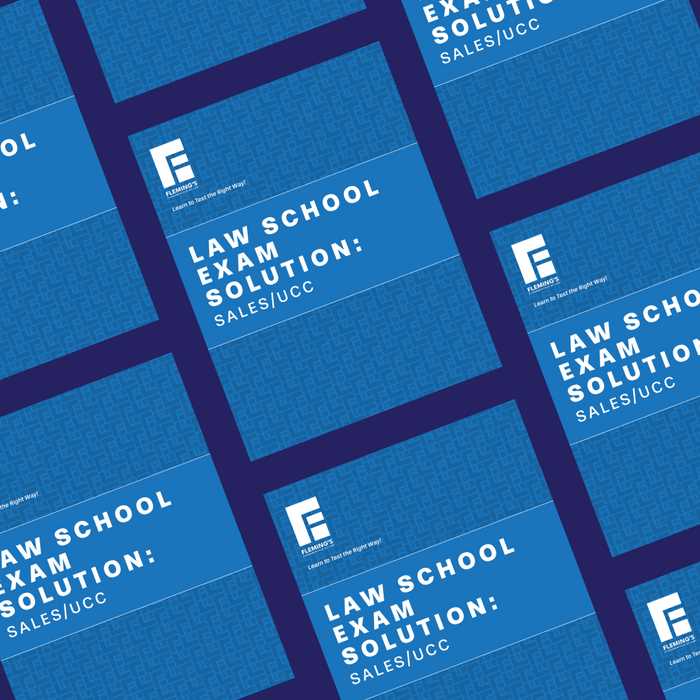
In any academic setting that tests your understanding of complex topics, organizing your thoughts and presenting them clearly is key to achieving high marks. The challenge lies in translating intricate concepts into concise, well-structured replies that demonstrate your knowledge and reasoning abilities.
Effective performance in these assessments requires more than just recall of facts or theories. It demands the ability to apply critical thinking, break down the issue at hand, and construct logical arguments supported by relevant information. Whether you’re working under tight time constraints or dealing with intricate legal scenarios, a well-crafted response can make all the difference.
Mastering this process will not only help you succeed but also provide the foundation for excelling in professional legal work, where clarity and structured thinking are paramount. In the following sections, we will explore key strategies and techniques to approach these challenges with confidence and precision.
How to Write a Law School Exam Answer
Approaching complex academic questions requires clarity, precision, and logical thinking. In these assessments, it’s crucial to present your thoughts in a structured manner that allows you to address all relevant points effectively. The goal is not just to provide an answer, but to show your deep understanding of the material while demonstrating your analytical skills.
Break Down the Problem
The first step in creating a well-structured response is to thoroughly analyze the problem. This helps ensure that you are addressing the question comprehensively. Here’s how you can approach this task:
- Identify the key issues presented in the question.
- Determine the relevant rules or principles that apply to each issue.
- Break down the facts to see how they relate to the rules.
- Formulate a clear, concise response to each aspect of the question.
Organize Your Thoughts
A clear structure is essential to make your response easy to follow. Using a method like IRAC (Issue, Rule, Application, Conclusion) helps organize your work logically. Here’s how to structure your reply:
- Issue: Clearly define the legal issues that need to be addressed.
- Rule: State the relevant legal principles or rules that apply to the issues.
- Application: Apply the rules to the facts presented in the problem.
- Conclusion: Provide a reasoned conclusion based on your analysis.
By following these steps, you ensure that your response is not only well-organized but also demonstrates your ability to analyze and apply complex concepts effectively.
Understand the Question Thoroughly

Before beginning any academic assessment, it’s crucial to fully grasp what is being asked. A clear understanding of the problem at hand is essential for crafting a response that addresses all key aspects effectively. Without this foundational step, even the most thorough preparation and knowledge can fall short.
Identify Key Issues
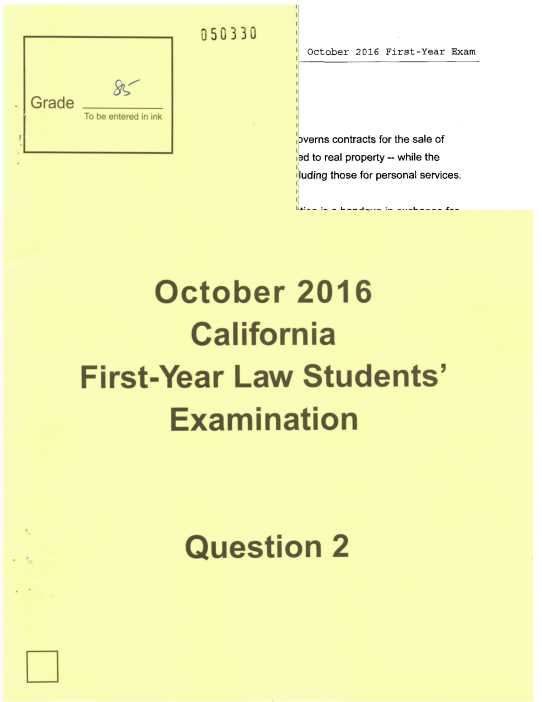
The first step is to carefully read the question and pinpoint the main issues or concerns that need to be addressed. Often, a question can have multiple components, and understanding how they interconnect is vital for a complete response. Look for:
- Specific terms or phrases that indicate the core issues.
- Any instructions that guide how to approach the problem.
- Any subtle clues that suggest a particular focus or priority.
Recognize Underlying Assumptions
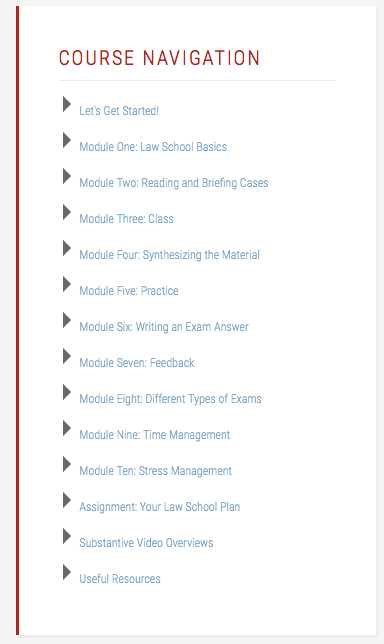
In some cases, questions are built on underlying assumptions or require you to apply particular rules or doctrines. Identifying these assumptions early on will help you avoid common mistakes and ensure your response is aligned with what is being asked. Pay attention to:
- Any implicit assumptions in the wording of the problem.
- Assumptions about the application of specific concepts or principles.
- The context or scenario in which the issue arises.
By thoroughly understanding the question, you lay the groundwork for a well-organized and precise response that addresses all relevant issues. This initial step will significantly enhance the clarity and depth of your work.
Break Down Key Legal Issues
Once you have a clear understanding of the problem, it’s essential to dissect the central points of contention. This step ensures that you address every aspect of the query and focus on the most critical areas for a well-rounded response. By breaking down the legal elements, you can better organize your thoughts and present a structured argument.
Identify Core Concepts
Start by identifying the main concepts and principles that the problem revolves around. These are often the foundation for your analysis. Recognizing these concepts early will help you avoid missing important aspects of the issue. Look for:
- Key terms or concepts that directly influence the problem.
- Principles that are central to resolving the issue at hand.
- Any relevant rules or standards that apply to the situation.
Analyze the Interconnections
Once you’ve pinpointed the critical concepts, it’s time to examine how they relate to one another. Often, various legal principles interact, and understanding these relationships can provide a deeper insight into the issue. This allows you to apply the rules correctly and create a logical structure in your response. Consider:
- How the facts of the problem relate to the core concepts.
- How different legal rules may overlap or contradict each other.
- The potential impact of any exceptions or nuances within the law.
Breaking down the key issues in this way sets the stage for applying relevant rules and drawing conclusions in a clear and coherent manner.
Apply Relevant Legal Principles
After identifying the key issues, the next crucial step is to incorporate the applicable principles that guide the resolution of those issues. The ability to apply these principles accurately to the given facts demonstrates your understanding and analytical ability. This stage is vital for constructing a reasoned and persuasive argument.
Use Established Rules and Doctrines
Start by recalling the rules or doctrines that directly pertain to the issues you’ve identified. These rules serve as the foundation for your analysis and should be applied systematically. Consider:
- Clearly stating the relevant rules or legal standards.
- Referring to key cases or precedents that support these rules.
- Ensuring the correct application of the rules to the specific facts presented in the problem.
Consider Exceptions and Variations
Many legal principles come with exceptions or variations depending on the circumstances. Recognizing these nuances is essential for applying the rules accurately. Be mindful of:
- Any exceptions that may apply in this particular case.
- How specific facts might affect the general application of the principle.
- The presence of any alternative rules or doctrines that could offer a different solution.
By carefully applying these principles, you not only show your ability to recall legal standards but also your capacity to adapt them to unique scenarios effectively.
Organize Your Response Clearly
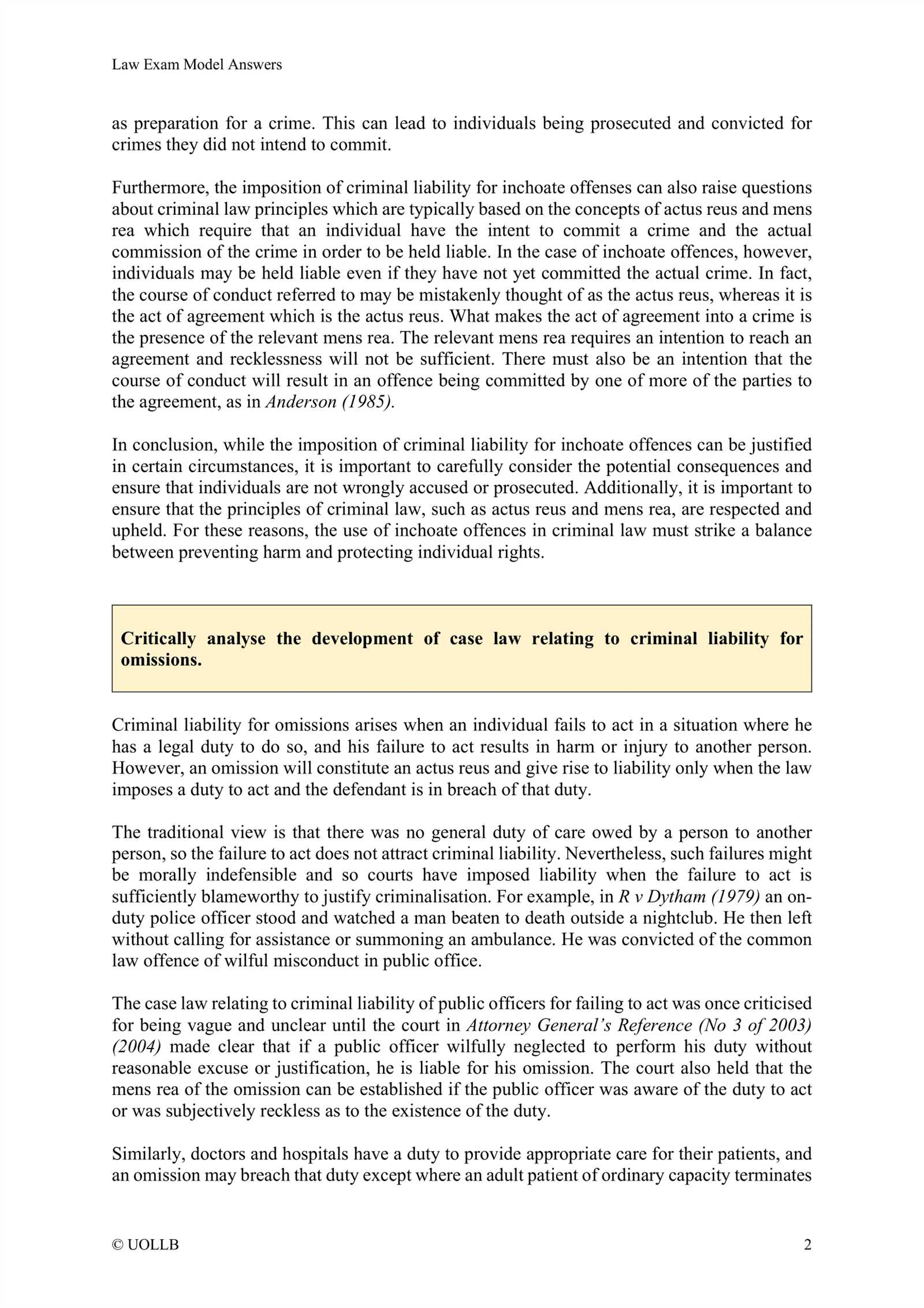
Presenting your thoughts in a well-structured and logical manner is essential for creating a compelling and coherent argument. A disorganized response can confuse the reader, making it difficult to follow your reasoning. Clear organization helps ensure that your key points are communicated effectively and persuasively.
Start by outlining the major sections of your response, ensuring that each point is connected logically to the next. A strong structure will guide the reader through your analysis without overwhelming them with unnecessary details or tangents.
- Begin with an introduction that sets out the key issues and approach.
- Present each point methodically, moving from general principles to specific applications.
- End with a conclusion that clearly summarizes your reasoning and provides a final resolution.
By organizing your response in this way, you help the reader understand the progression of your analysis and demonstrate your ability to present complex ideas in a coherent and structured manner.
Use the IRAC Method Effectively

The IRAC method is a widely used framework for organizing and analyzing legal problems. By following this approach, you can systematically break down complex issues into manageable sections, making your response more structured and easier to follow. Each component of the IRAC method serves a distinct purpose, helping to ensure that your argument is both clear and complete.
Break Down Each Element Clearly
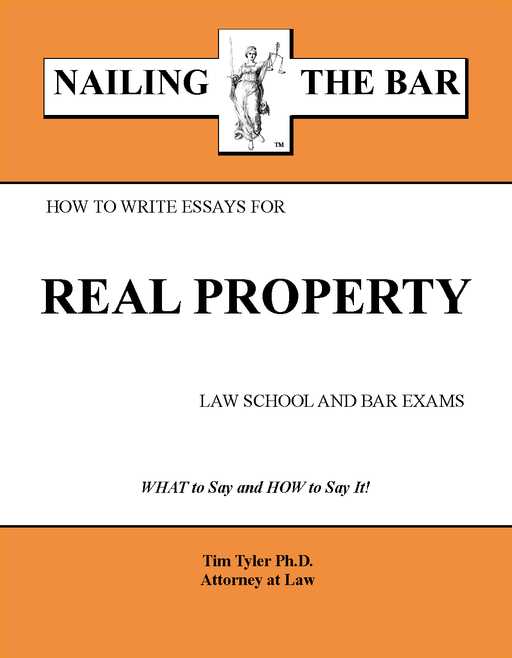
The IRAC method consists of four main components: Issue, Rule, Application, and Conclusion. By addressing each part separately, you can avoid overlooking important details while maintaining a focused and organized response. Here’s how each element contributes:
| Element | Purpose |
|---|---|
| Issue | Identify the central problem or question that needs to be addressed. |
| Rule | State the relevant legal principles or standards that apply to the issue. |
| Application | Apply the rules to the specific facts of the case, analyzing how they interact. |
| Conclusion | Summarize your reasoning and provide a clear resolution to the issue. |
Maximize the Method’s Effectiveness
To use the IRAC method effectively, it is important to keep each section concise and focused. Avoid including unnecessary information or deviating from the central issue. Additionally, ensure that your analysis in the “Application” section is thorough, explaining how each rule applies to the facts and considering possible counterarguments. Finally, make sure your conclusion ties everything together, offering a logical resolution based on the analysis.
Be Concise and Precise in Writing
Effective communication requires clarity and brevity. In a high-stakes environment, it is important to convey your analysis without unnecessary elaboration or vagueness. Precision ensures that your points are not lost in lengthy explanations, while conciseness keeps the reader focused on the most relevant details. Striking the right balance between being thorough and to the point is key to crafting a strong response.
While it’s crucial to address all important aspects of the issue, be mindful not to over-explain or include irrelevant information. Stay focused on what directly supports your argument and the facts presented. A clear, well-organized response that gets to the point will often be more persuasive than one that is overly verbose.
| Tip | Explanation |
|---|---|
| Avoid Redundancy | Repeating the same points can make your response unnecessarily long. Aim to say what you need once, clearly and effectively. |
| Stay Focused | Stick to the main issues and avoid including tangential information. Every sentence should serve a specific purpose. |
| Use Clear Language | Choose words that directly convey your meaning. Avoid vague or complex phrasing that could confuse the reader. |
| Be Specific | Provide concrete examples or references that directly support your argument. General statements can weaken your position. |
By maintaining a sharp focus on your points and using clear, direct language, you increase the likelihood of delivering a strong, well-supported response that will resonate with your audience.
Support Arguments with Case Law
When presenting your analysis, it is essential to back up your claims with relevant judicial precedents. Using case law strengthens your position, showing that your reasoning is grounded in established legal principles. Referring to authoritative decisions helps to demonstrate a deeper understanding of the subject and proves your argument is supported by the legal framework.
Incorporating key cases into your response requires precision. Select cases that are directly related to the issue at hand and illustrate how the court’s reasoning applies to the scenario. This not only provides legitimacy to your argument but also allows you to apply theory to practice effectively.
- Choose Pertinent Cases: Ensure the case is relevant to the issue being discussed. Avoid citing cases that do not directly support your point.
- Explain the Holding: Simply naming a case is not enough. You should explain how the court’s decision applies to your analysis.
- Contextualize the Case: Provide context for the case. Mention the facts, the ruling, and how it influences or supports the current matter.
- Use Multiple Cases: If possible, use a series of decisions to demonstrate how the issue has evolved over time or been treated consistently by the courts.
By integrating case law into your response thoughtfully, you demonstrate both your ability to analyze legal material and your understanding of how courts interpret and apply laws to specific situations. This is a powerful tool to reinforce your arguments and showcase your legal reasoning skills.
Avoid Overcomplicating Your Answer
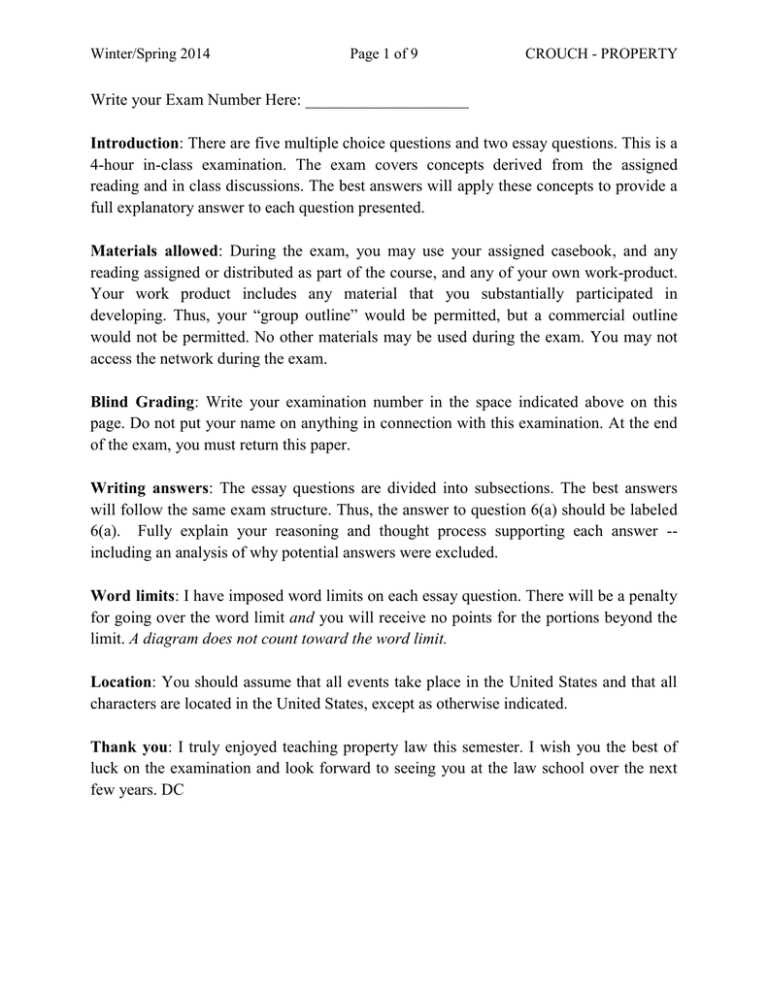
While it is important to demonstrate your depth of knowledge, overcomplicating your response can make it harder to follow and less effective. Striving for clarity and simplicity is key when articulating your analysis. A straightforward and well-structured response often carries more weight than one that is unnecessarily complex or verbose.
Overloading your response with unnecessary details or using overly complex legal jargon can confuse the reader and obscure the main points. Focus on answering the question directly while keeping your explanation clear and to the point.
- Stick to the Essentials: Address the key issues without veering off-topic. Avoid adding information that does not directly support your argument.
- Be Concise: Aim for clarity by using simple, precise language. Long-winded explanations can detract from the effectiveness of your response.
- Avoid Redundancy: Repetition of the same points makes your response unnecessarily lengthy and difficult to follow. Express each idea clearly once.
- Use Structured Arguments: Organize your response logically. Clear organization helps prevent confusion and allows the reader to follow your reasoning step by step.
By focusing on clarity and precision, you ensure that your response is impactful and easy to understand. This approach will allow you to showcase your ability to analyze and communicate effectively, without overcomplicating the issue at hand.
Manage Time During the Exam
Effective time management is crucial when tackling an assessment under time constraints. Without proper planning, it’s easy to spend too much time on one section and end up rushing through others. A balanced approach allows you to allocate adequate time to each part, ensuring that you address all aspects of the task without sacrificing quality.
Start by assessing the overall time available and divide it proportionally based on the number of questions or sections. Keep track of time as you go along to avoid unnecessary delays. Prioritizing more challenging sections or those worth more points can also be a strategic approach to maximize your overall score.
| Time Management Tips | Benefits |
|---|---|
| Allocate time per section | Ensures balanced attention to all tasks |
| Set aside time for review | Allows for error checking and improvements |
| Prioritize complex tasks | Helps avoid spending too much time on easier questions |
| Monitor time regularly | Prevents last-minute rush and stress |
By applying these time management techniques, you can maintain control over your pace, ensure all areas are covered, and minimize the likelihood of missing key details due to time pressure. Effective time management supports thorough and well-considered responses, ultimately contributing to a better outcome.
Explain Your Reasoning Step by Step
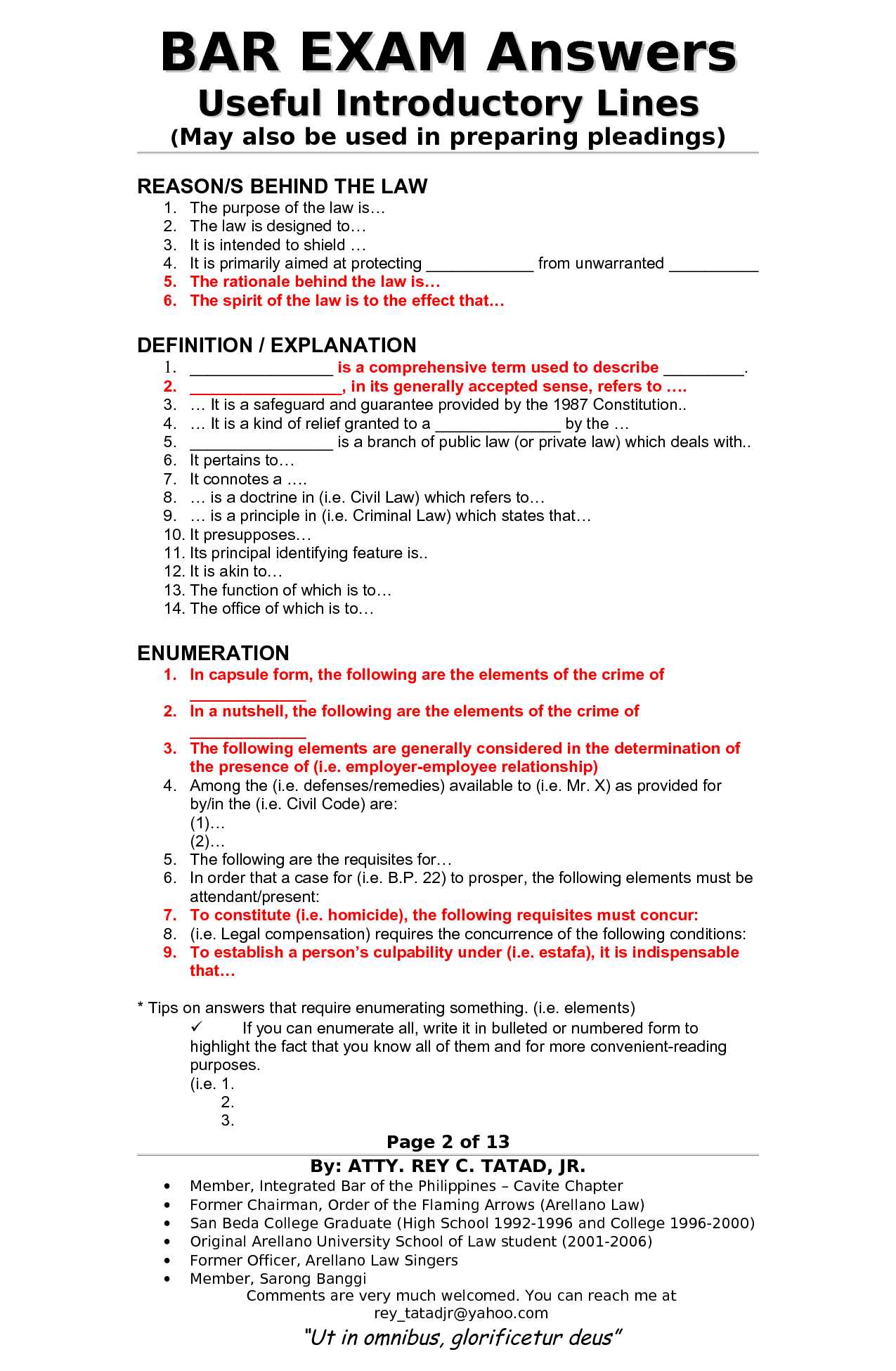
Breaking down your thought process into clear, sequential steps is essential for demonstrating a thorough understanding of the subject matter. This approach allows you to provide a logical, coherent structure to your response, ensuring that each point builds on the last in a way that is easy for the reader to follow. This technique also makes it easier to highlight the connection between the issue, applicable rules, and the conclusion.
Each step should address one aspect of the problem, providing justification for your conclusion. Whether you are analyzing a specific scenario or applying a principle, outlining your reasoning in detail helps convey the depth of your analysis and the clarity of your thought process. This method not only strengthens your argument but also improves the overall flow of your response.
- Start by identifying the key issues
- Apply relevant principles or guidelines to each issue
- Analyze the facts within the context of the rules
- Present your conclusion based on the analysis
- Ensure each step logically leads to the next
By following a step-by-step approach, you create a transparent and methodical response that demonstrates clarity and coherence. This structured approach minimizes the chances of missing important details and allows for a more comprehensive exploration of the subject. Each logical progression reinforces your overall argument, making your response more persuasive and well-rounded.
Anticipate Potential Counterarguments
Considering opposing viewpoints is crucial in crafting a well-rounded and convincing response. By acknowledging and addressing counterarguments, you demonstrate a comprehensive understanding of the issue at hand. This approach not only strengthens your argument but also shows that you can think critically and evaluate different perspectives.
To effectively incorporate potential objections into your response, first identify possible challenges to your position. Think about how others might interpret the facts differently or apply alternative reasoning. Then, proactively address these points by either refuting them or explaining why they do not undermine your argument.
- Examine the weaknesses in your own position
- Identify alternative interpretations or solutions
- Present logical rebuttals to anticipated objections
- Reinforce your argument by showing why your conclusion is stronger
By anticipating counterarguments, you create a more persuasive and resilient response. This tactic not only enhances the quality of your reasoning but also demonstrates your ability to engage with the complexities of the topic in a thoughtful and strategic way.
Review and Edit Your Response
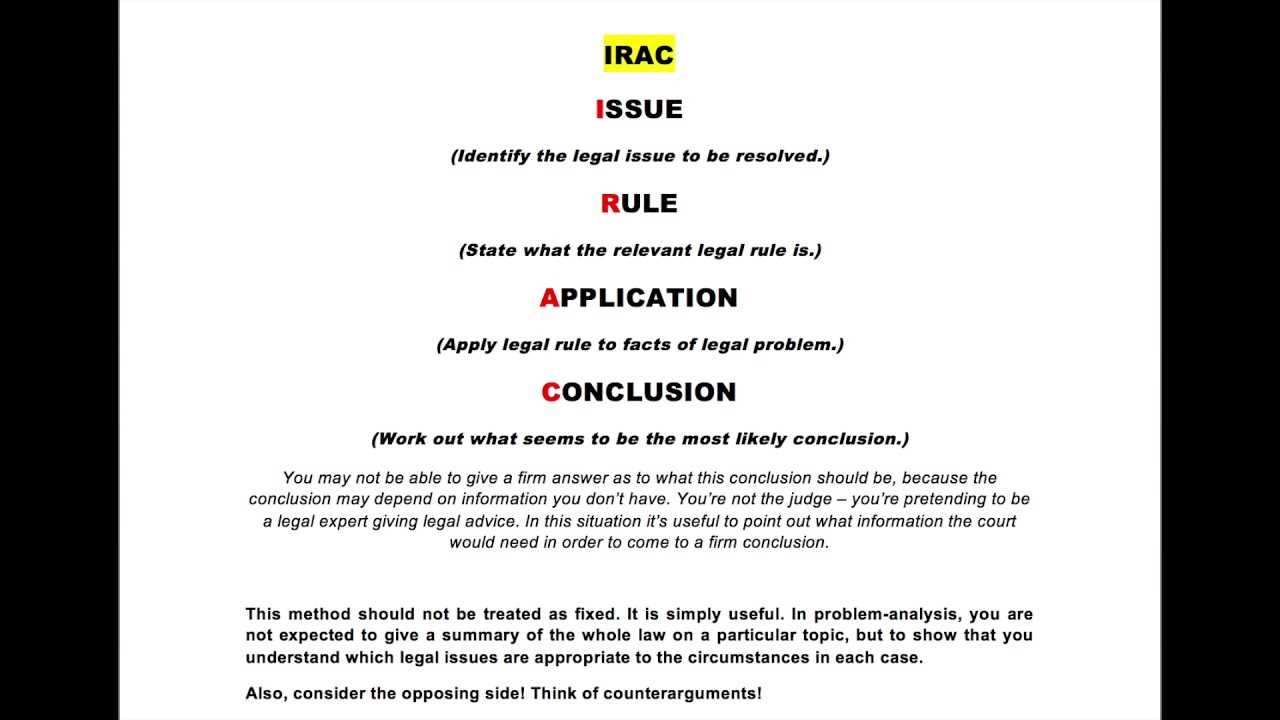
After completing your response, take the time to review it carefully. This final step allows you to refine your ideas, correct any mistakes, and ensure that your arguments are presented clearly and cohesively. It is essential to approach this process with a critical eye to improve the quality of your work.
Check for Clarity and Consistency
Ensure that each part of your response is clearly written and logically connected. Avoid any ambiguous or overly complex sentences. Each argument should flow naturally into the next, making it easy for the reader to follow your reasoning. Also, verify that your analysis stays consistent with your initial interpretation of the question.
Proofread for Grammar and Accuracy

It is crucial to check for spelling, grammar, and punctuation errors. Small mistakes can detract from the overall professionalism of your response. Additionally, verify that your facts, legal principles, and references to case law are accurate. This will help present a polished, well-supported argument.
Taking the time to review and revise your work can significantly enhance its quality, demonstrating your ability to think critically and present your ideas with precision and clarity.
Practice Writing Under Time Constraints
Being able to formulate well-organized and precise responses is crucial, but doing so under time pressure is just as important. Practicing within limited timeframes helps you develop the necessary speed and efficiency to manage your time effectively during the actual task. This preparation also allows you to identify which areas need improvement in terms of time management and content delivery.
Set Realistic Time Limits
- Simulate the conditions of the real task by setting a time limit for yourself.
- Start with longer time periods and gradually reduce them as you improve your efficiency.
- Focus on completing each section within the allotted time to gauge how well you perform under pressure.
Evaluate Your Performance

- After completing your practice sessions, review your work to identify areas of improvement.
- Assess your ability to stay on topic and structure your response clearly within the time limit.
- Adjust your strategy based on your performance to ensure better management of time in future exercises.
Consistent practice under time constraints will help you gain confidence in your ability to perform efficiently, allowing you to focus on crafting clear and well-supported responses even when the clock is ticking.
Focus on Quality Over Quantity
When faced with a time-limited task, it’s easy to assume that writing more will demonstrate your understanding. However, delivering a focused and well-supported response is far more valuable than simply producing lengthy content. By concentrating on presenting high-quality arguments and clear analysis, you’ll ensure that your points are both relevant and impactful.
Prioritize Strong Arguments
- Concentrate on developing well-reasoned points rather than providing superficial information.
- Support each argument with relevant evidence or examples that directly address the core issues.
- Make sure your reasoning is clear and concise, avoiding unnecessary details that may detract from your main message.
Maintain Focus and Clarity
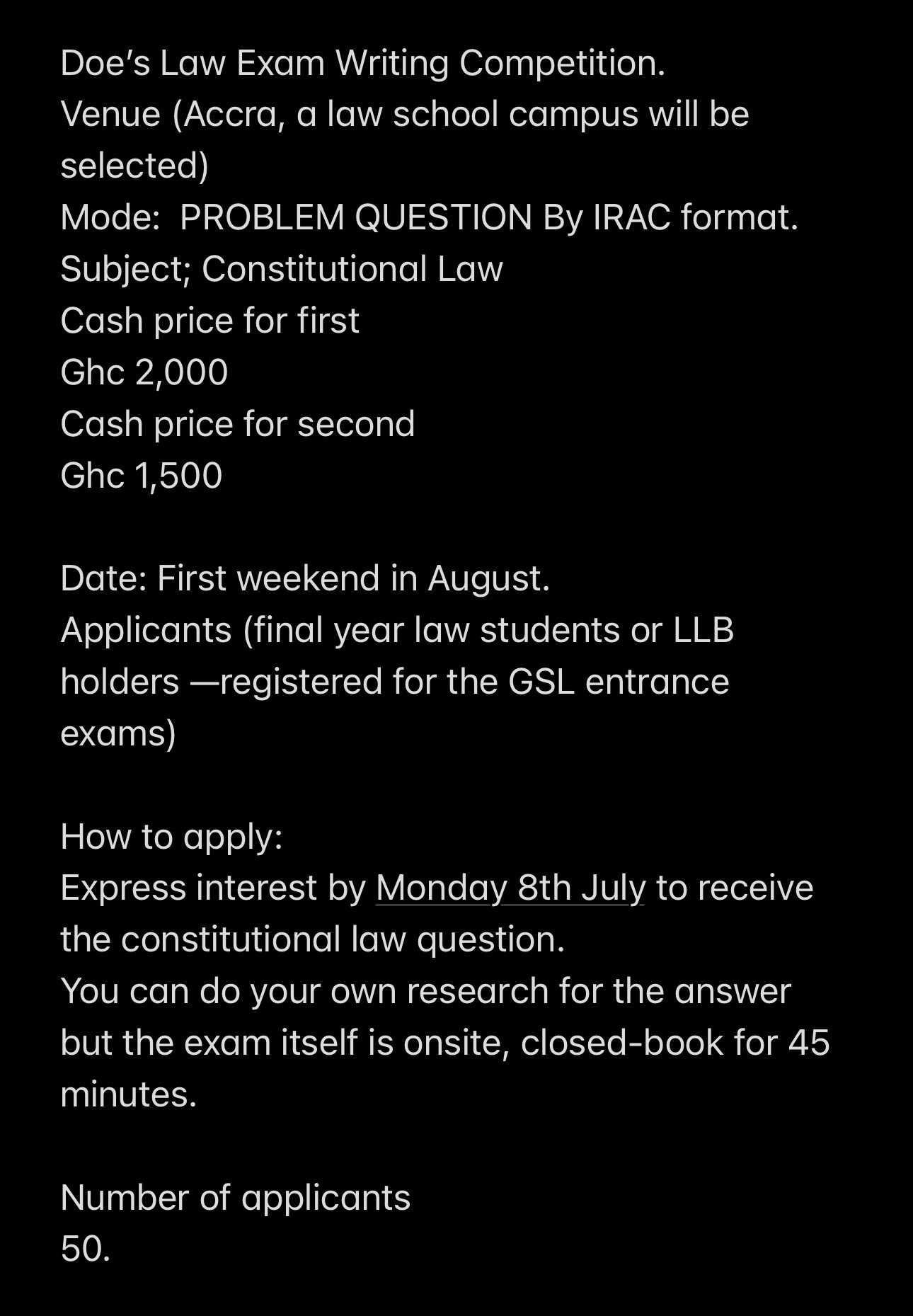
- Stick to the most important issues and avoid going off-topic with irrelevant points.
- Ensure your analysis remains organized and your thoughts logically follow from one point to the next.
- Use precise language to convey your arguments clearly and avoid ambiguity.
By emphasizing quality over quantity, you’ll present a more convincing and structured response that demonstrates a deeper understanding of the material, which is far more valuable than simply writing more.
Stay Calm and Confident in Your Response
Maintaining composure and confidence is key to presenting a thoughtful and effective response. When under pressure, it’s easy to become overwhelmed or second-guess your knowledge. However, staying calm allows you to think clearly and structure your thoughts logically, ensuring a stronger and more coherent argument. Confidence in your abilities will help you deliver a clear and well-supported response, even when faced with challenging questions.
Manage Stress Effectively
Focus on controlling your breathing and taking short breaks if necessary. A calm mind is better equipped to recall information accurately and analyze issues thoroughly. If you find yourself stuck, take a moment to refocus before continuing.
Trust Your Preparation
Believe in the effort you’ve put into your preparation. Confidence comes from knowing that you have the knowledge and skills to address the questions at hand. Trust your instincts and approach each part of the task with a clear, methodical mindset.
With the right mindset, you can navigate even the most complex scenarios effectively, maintaining both clarity and confidence in your reasoning.